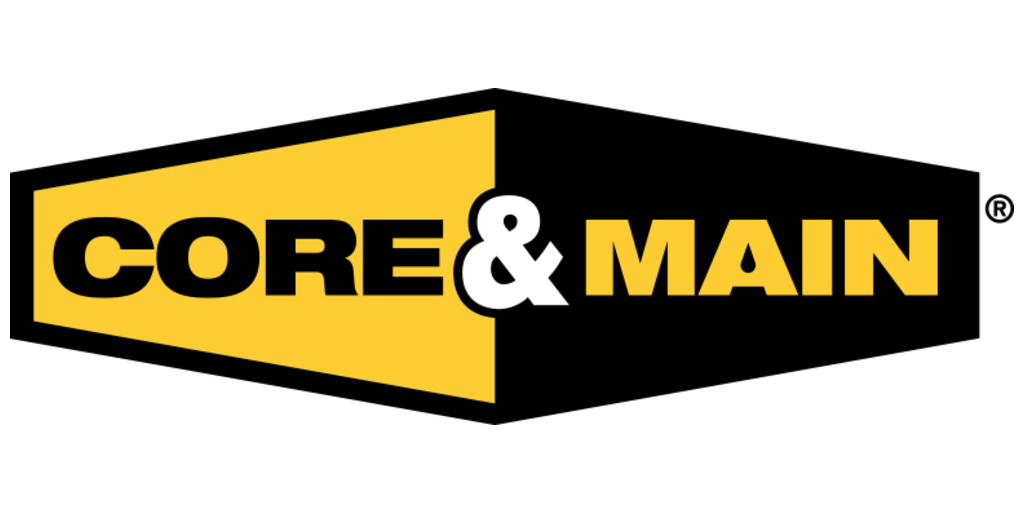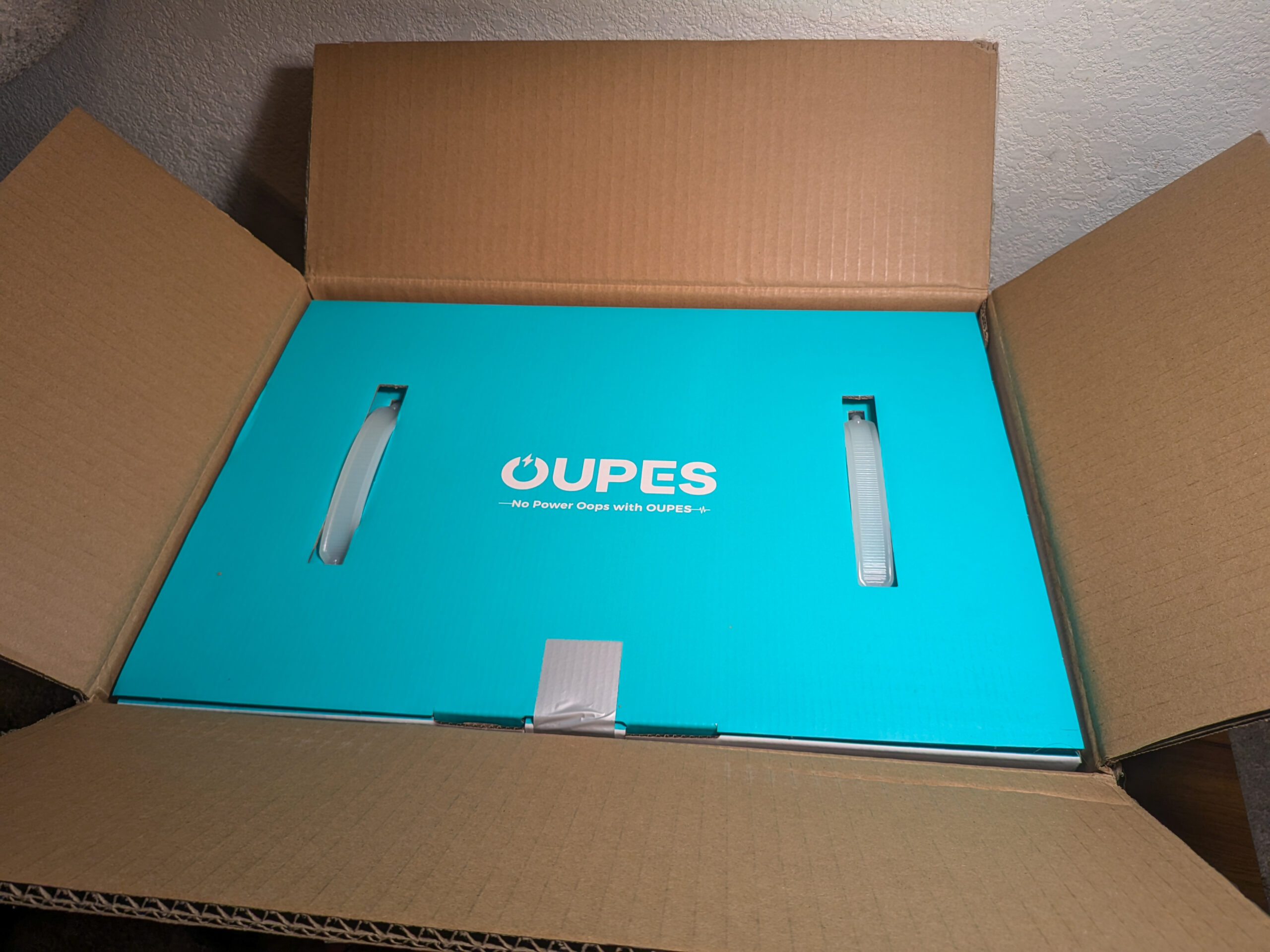
Sign up for daily news updates from CleanTechnica on email. Or follow us on Google News!
Yesterday, I wrote about Elon Musk’s long history predicting robotaxi-capable Tesla Autopilot/Full Self Driving. We then got another update from Tesla, stating: “2025 will be a seminal year in Tesla’s history as FSD (Supervised) continues to rapidly improve with the aim of ultimately exceeding human levels of safety. This will eventually unlock an unsupervised FSD option for our customers and the Robotaxi business, which we expect to begin launching later this year in parts of the U.S.” Will 2025 be different, or will it be like 2017, 2018, 2019, etc. with such predictions? There was no mention of Tesla cars becoming appreciating assets in this shareholder letter, but Elon Musk has stated repeatedly that FSD (Unsupervised) would unlock an enormous amount of value in existing Tesla cars with the FSD package that would make them appreciating assets. (My 2019 Tesla Model 3 with the FSD package cost $47,190 and now has a trade-in value well below $20,000 according to Tesla, so it would have to be some bump to make the car worth more than $47,000 as Musk predicted in 2019 it would….)
A reader made some very interesting points under that first article on why the idea of a Tesla car like this — or even a new Tesla Model 3/Y — being worth $100,000 if it gets FSD (Unsupervised) doesn’t make much sense. Here’s their comment:
Your car “potentially” making $30,000/year does not make it worth north of $100k!
I BELIEVE Tesla will solve FSD, but I am not confident that it will be the first to do so. Tesla accumulates billions of real world video data, while Waymo accumulates millions of miles real USE data for robotaxis. While Tesla is aiming for a home run solution that will work anywhere and do an overnight software update, others are slowly and steadily chipping at the problem.
What I am completely sure of is that more than one company will solve FSD; there will be competition, and companies will not be able to simply name their price.
My computer makes me at least twice as productive as pen and paper, yet I do not pay $100k or $15K, not even $1k for my new computer every five years. My dad bought me my first DOS computer for $999 back then, about $3k in today’s money. I just bought my daughter a near $600 laptop with MS Office for college. As computers get more powerful, the price goes down nonetheless.
Pen and paper make me more than 100 times as productive as trying to write with chisels and stones, yet my pen costs about a dollar. I have cups full of them, which is amazing! Very common but, only when you think about it, still amazing. In a competitive economy, the price is not set by how much value something brings, but by consumer’s options. Great inventions end up commoditized.
After FSD is solved and the novelty wears off, I do not think you will need to pay more than a couple of grand for the software. There will be a time when the physical steering wheel and pedals add more cost than the FSD software. Your insurance might cover it.
If you paid top dollar for a future robotaxi revenue stream, then you essentially bought a timeshare. That will make you so much money in the future. At least that is what the salesman said.
It’s a very interesting point. However, as I’m reading it, a Tesla with robotaxi capability wouldn’t be worth so much money once robotaxi capability is widespread. Pencils are widespread. Computers are widespread. Robotaxis won’t be widespread by 2026, so if Tesla could reach that capability by then, any Tesla cars with the capability would have little competition. So, in theory, the value of a car with this capability would be the value of a human driver in an Uber or taxi. However … once robotaxi capability is widespread, as this reader points out, its value would indeed drop a lot! And would that happen in 2026, in 2027, in 2028? That’s anyone’s guess.
There are other things to consider. If one was to use their Tesla for robotaxi service, that would still come with a lot of wear and tear on the car, more frequent replacement of tires, and cleaning services. You can’t charge less than those costs, and if you charge much more, who would prefer to ride in your car (and have to wait for it to arrive) rather than have their own self-driving Tesla or even have their own cheaper car (whose wear and tear costs come in below those of a Tesla)?
All in all, 2019 claims of Tesla cars dramatically appreciating in value seem as fanciful as ever. And that’s even assuming Tesla gets FSD Unsupervised working in the next few years.
Chip in a few dollars a month to help support independent cleantech coverage that helps to accelerate the cleantech revolution!
Have a tip for CleanTechnica? Want to advertise? Want to suggest a guest for our CleanTech Talk podcast? Contact us here.
Sign up for our daily newsletter for 15 new cleantech stories a day. Or sign up for our weekly one if daily is too frequent.
CleanTechnica uses affiliate links. See our policy here.
CleanTechnica’s Comment Policy




